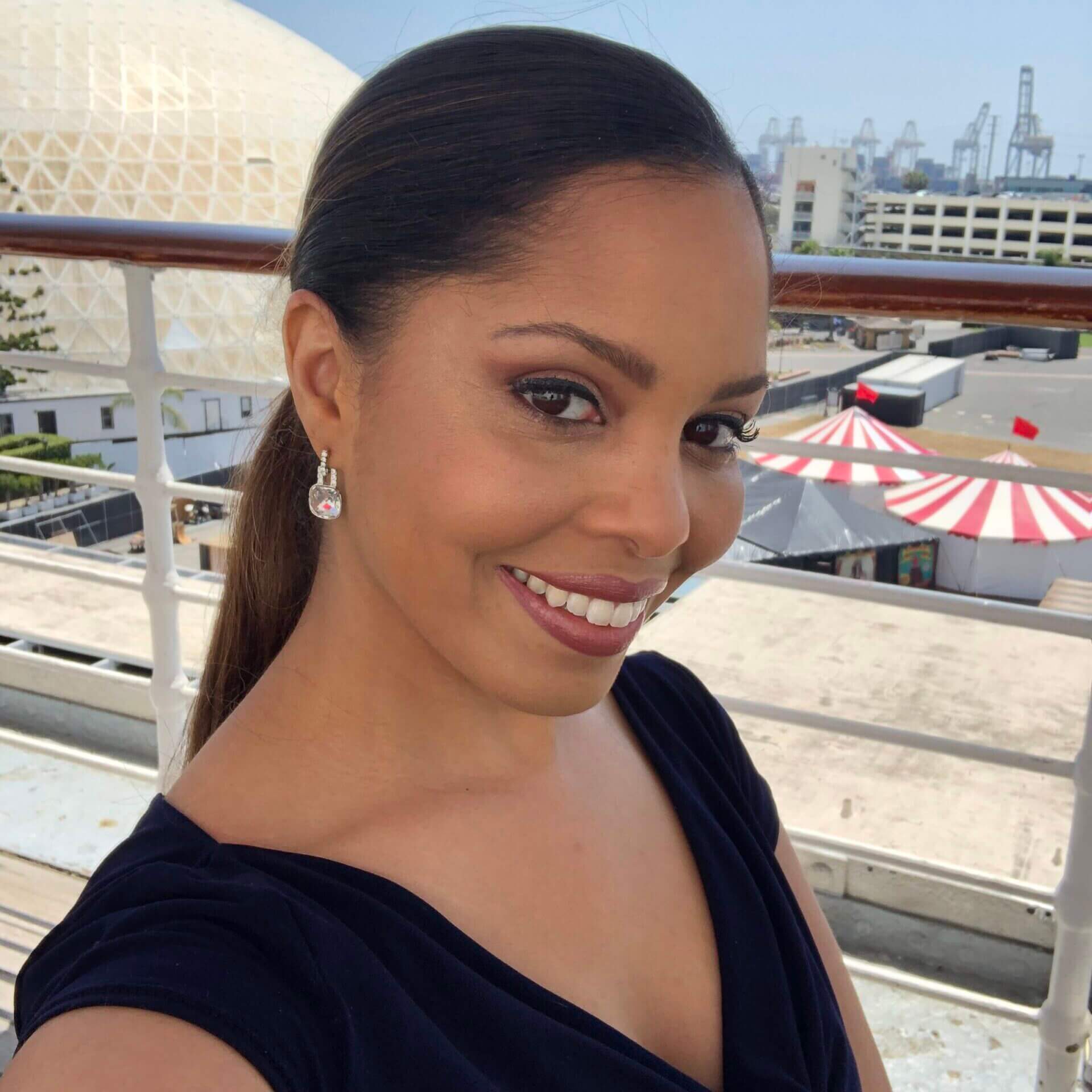I’m a dancer. And I am a piano hobbyist. I took several years of piano and absolutely love the sound of classical piano music. Studying music and listening to the classics is culturally stimulating, educational, relaxing, and luxurious. When I think of how a composer writes music, I consider the similarities of writing sales copy. Both creators must invoke emotion, ignite an impulse to move, and compel the listener/reader to experience something fresh, adventurous, and rewarding.
As I take time to compose sales copy for my clients, I imagine myself as a composer writing music and creating a luxurious and introspective experience for my readers. I tell a story, create relatable imagery, and use psychology to compel one to act fast. In other words, as music invites fans and listeners, copy invites fans and buyers. Both have the power to build a loyal audience. And both require a certain creative genius that cannot be duplicated.
Let’s dig deeper:
At first glance, writing sales copy and composing a musical composition appear to be two completely different mediums. But it’s definitely true that writing sales copy is much like composing music. For instance, there are subtle nuances and layers that only the composer can truly understand. The composition has an intention, much like sales copy is written.
As each chord, note, and pause is phrased together, a copywriter must craft each word, sentence structure, and phrasing creatively and clearly. In both cases, the writer or composer is attempting to evoke a specific emotion or response from their audience. Just as each composer selects their key signature of choice to drive the music, a copywriter selects its central theme and single purpose that drives the full sales page. As you look closely, you’ll discover the following similarities between composing music and writing sales copy.
Both require a deep understanding of their audience.
A composer needs to fully understand the audience for whom they are composing. They need to know their listeners’ musical preferences, cultural backgrounds, and emotional triggers. Similarly, a copywriter needs to deeply understand the target audience for their product or service. They need to know their readers’ demographic information, needs, desires, and pain points. This understanding allows the composer or copywriter to create something that resonates with their audience.
For example, a composer writing music for a movie needs to understand the emotions the scene is trying to convey. Similarly, a copywriter who is writing sales copy for a skincare product needs to understand the skincare concerns and needs of their target audience.
Both use language to create emotion
A composer uses musical notes and chords to create emotion in their audience. Similarly, a copywriter uses language to create emotion in their readers. Both use the tools at their disposal to create a specific emotional response in their audience.
For example, a composer might use a minor key to create a sad or melancholic mood in their music. Similarly, a copywriter might use words like “frustrated,” “overwhelmed,” or “exhausted” to create a sense of urgency or empathy in their readers.
Both require structure and flow.
A musical composition needs to have a structure and flow to be effective. Similarly, sales copy needs to have a structure and flow to be effective. Both need to take the listener or reader on a journey, leading them from one emotion to another and ultimately to the desired response.
For example, a composer might use a repeated melody or a bridge to create a sense of structure in their music. Similarly, a copywriter might use headings, subheadings, and bullet points to create a sense of structure in their sales copy.
Both require creativity and originality.
A composer needs to be creative and original to create something that is unique and memorable. Similarly, a copywriter needs to be creative and original to create something that stands out from the crowd and captures their readers’ attention.
For example, a composer might use unconventional instrumentation or a unique time signature to create a unique sound. Similarly, a copywriter might use humor, storytelling, or a unique angle to capture their readers’ attention.
Writing sales copy is like a composer writing a musical composition in many ways. Both require a deep understanding of the audience, use language to create emotion, require structure and flow, and demand creativity and originality. By keeping these similarities in mind, copywriters can approach their work with a new perspective and create more effective and engaging sales copy. And you, the client, can rest assured that your sales copy will be constructed with the same artistic inspiration and creative intentions to invoke emotion, clarity, and buy-now action as a composer constructs a masterpiece.




0 Comments